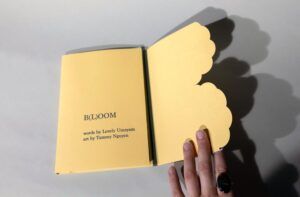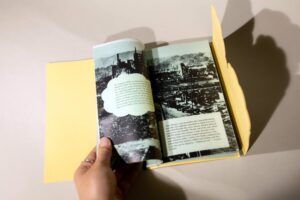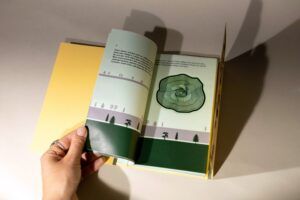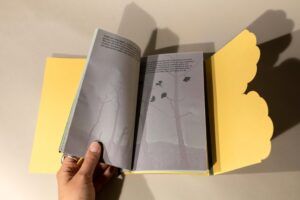Atomic Terrain
The Bulletin is delighted to feature Atomic Terrain, an ongoing constellation of artistic projects aimed at drawing attention to how nuclear legacies reverberate in today’s world. Atomic Terrain is “an in-depth exploration of the nuclear age, and how the development of the atom bomb transformed humanity’s relationship with the natural world.” The Bulletin was pleased to offer Atomic Terrain early support as part of its weeklong “Amnesia Atómica” exhibition in New York City in May of 2022.
This past April, one of Atomic Terrain’s projects, "How to Make a Bomb," was featured at the New York Art Book Fair. Bulletin online community manager Avery Restrepo attended the event, which you can see footage from below.
"How to Make a Bomb" focuses on a rare rose species that was developed by a rose breeder following the end of WWII, at the height of post-war nuclear fervor. Berlin-based artist Gabriealla Hirst grew new roses from one of the few remaining plants of the original species. In "How to Make a Bomb" events and workshops, Hirst teaches others how to do so as well.
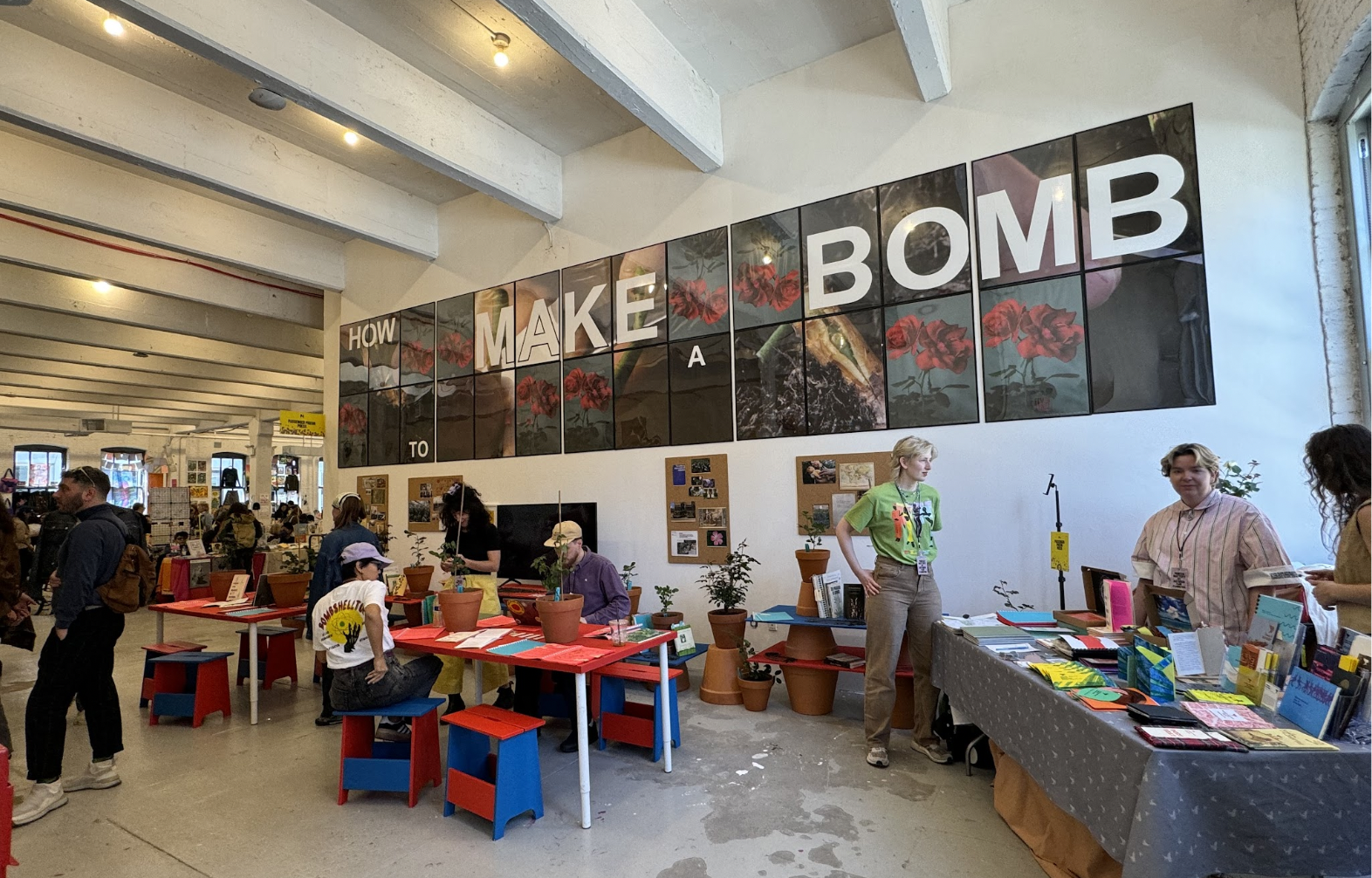
In 2023, the roses traveled from their home in Europe, where they were hosted by The Old Waterworks (TOW), in collaboration with curator Warren Harper to the United States. The obstacles encountered during the trip inspired the How to Make a Bomb art book produced by Passenger Pigeon Press.
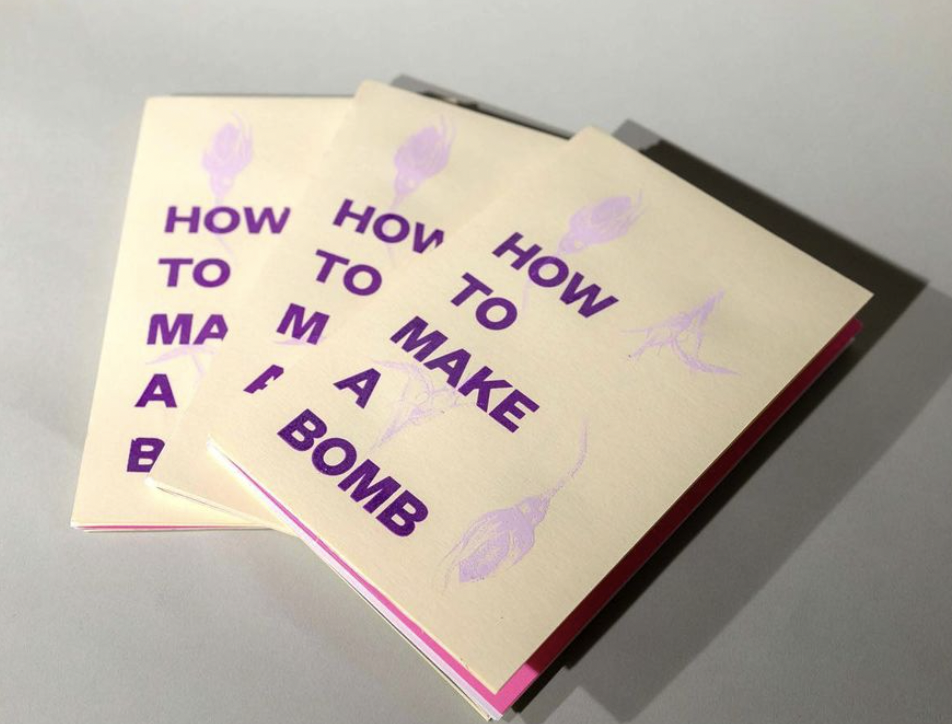
“Atomic Terrain is this space for co-production among multiple experts including artists and I am learning so much from them about how to communicate nuclear weapons history and policy in approachable ways,” said Atomic Terrain co-founder Lovely Umayam.
“During the art book fair in NYC, so many people commented that the exhibit was like walking inside of a book about how nuclear weapons impact the environment but done so in a graceful and not fearful way. I think it goes to show that people need different entry points to the issue, and if you create these pathways, they will come and follow eagerly.”

A second project of Atomic Terrain is, Umayam’s book, B(L)OOM, a book that was originally to be featured at Amnesia Atómica.
B(L)OOM was published in 2021 and retells history “from the perspective of plants that survived amid the aftermath of nuclear destruction (such as ginkgo trees in Japan) or persevered under nuclear threat (such as sunflowers in Ukraine).” Umayam describes the hand-made artbook as “a story around a single powerful image: life growing out of rubble.”
“Artists are best placed to ensure that we bear witness to the consequences of our actions, and to help us all imagine a safer more secure future,” said Rachel Bronson, President and CEO of the Bulletin of the Atomic Scientists. “This is why the Bulletin created its Art Science Initiative and why we are pleased to share the works of artists such as Lovely Umayam and her colleagues.”
To learn more about Atomic Terrain, visit the project’s webpage hosted by Bombshelltoe or follow Bombshelltoe on Instagram to see the latest updates on the project.
View other Arts Science Initiative events
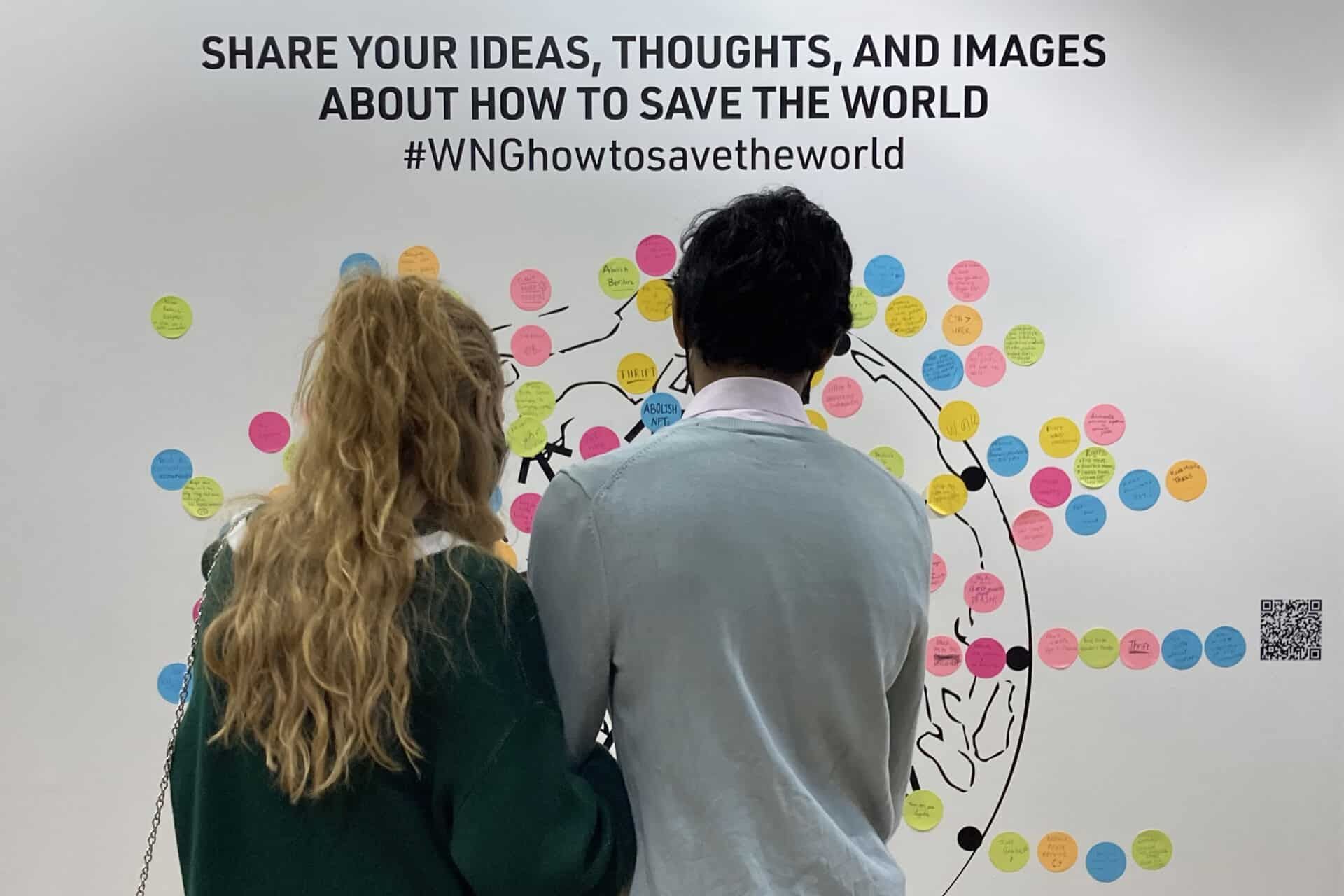
Human/Nature
The Human/Nature exhibition captures the urgency needed to act on climate change.

Amnesia Atómica
Amnesia Atómica is an exposition and call to reduce the dangers of nuclear weapons.
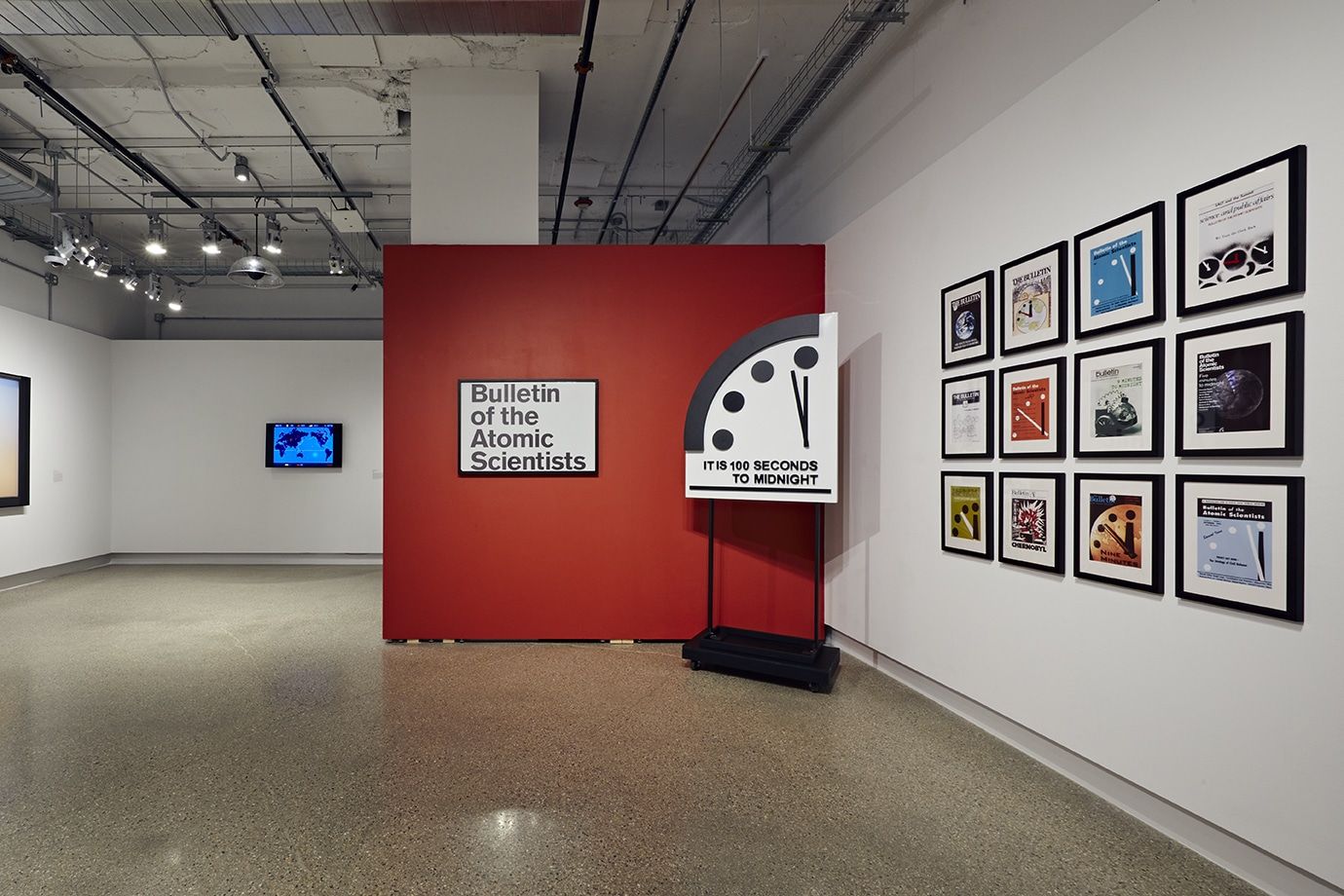
Earthly Observatory
Earthly Observatory explores how we sense and portray our deep planetary entanglements.
